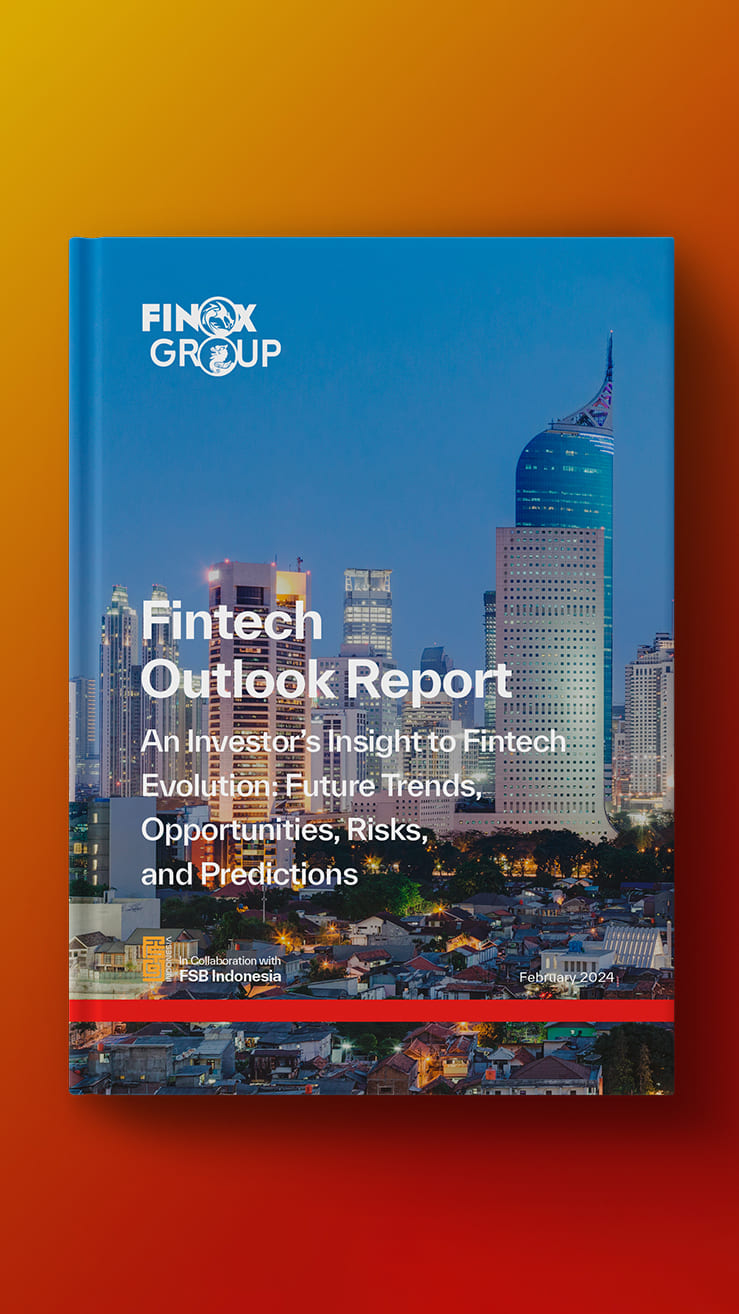
Because banks and financial firms have traditionally been early users of technology, the fintech space has always been a buzzing sector. Today, a revolution of Financial Technology (FinTech) businesses harness the Web, social and mobile technologies, and so much more to develop and commercialize revolutionary solutions that alter the way financial services are acquired, administered, and enjoyed. The Fintech effect: how can banks deal with this change? Well, read on to find out.
According to one of the early articles of Development Asia, in the early days of digital banking, Asian institutions experimented with various tactics (circa 2012-2016). The emphasis was on technology users (approximately 10% of the entire bankable populace); growth or defense was the main factor, given the anticipated threat from fintech competitors was the main objective. The central focus was transaction banking, but it was heavily gilded with a digital facade.
Startup companies and their initiatives to reconfigure the financial services sector’s range of functions get more attention in the financial technology world. How are banks, on the other hand, dealing with this significant threat? Despite their money, intellect, and long history of invention, they have been slow to respond to the upstart movement.
Fintech: An Introduction
The term “financial technology” can refer to any advancement in how people transact, from the rise of digital cash to double-entry accounting. Ever since tech transformation, financial technologies have advanced tremendously. Fintech and the likes, that specifically belonged to digital technology applied to the backroom of financial institutions, today, deals with a broadening variety of technical strategies into commercial and personal finance.
So, what’s the fintech effect, and how can banks deal with this change? Fintech nowadays consists of a variety of financial processes that can be performed without the involvement of the people.
Fintech is the use of technology to help with the provision of financial services. In recent times, this has mostly consisted of improving service and pricing by utilizing adaptable technology to minimize the operation costs on a banking and finance organization.
An analysis by McKinsey & Company also revealed that Revenue growth in the Asian financial sector has decreased from double figures in the initial years to 5% per year from 2014 to 2018. And, while Asia now contributes for more than a third of global banking revenue pools, this is down from over half in 2010, when advanced banks bounced back from the international economic meltdown.
The issue arises once more, the Fintech effect : how can banks cope with this transformation? Fintech being such a central talking point, here is an evaluation that may reveal trends in how significant banks worldwide are responding to the phenomena.
Fintech Disruption: How Backs Can Compete and Remain Relevant
Below are a few ways banks can maintain their dominance in the digital world:
Understanding their target market
If a bank believes that its core audience will be youth, it may work out well for the next couple of years. On the other side, if the bank decides to fine-tune an array of goods and services for millennials, it will acquire access to an additional estimate of 75 million potential users. As a result, the bank may remain vital for years to come.
Create and optimize procedures to satisfy the needs of their customers.
Conventional banks frequently develop customer experiences that do not consider all of the underlying procedures. To build a rapport with customers and distinguish themselves from financial technology businesses, they may highlight net promoter scores rather than the intrinsic worth of data. The only approach to solve these problems is to restructure and optimize your company processes with the aspirations of your target audience in mind.
For example, a bank may employ advanced analytics to collect and analyze data, reducing the number of contact points and time-consuming delivery areas.With the inflow of fintech, banking institutions must change by increasing efficiency while lowering expenses. Sophisticated automation can streamline processes consistently in the face of a lack of specialized human skills and rising hiring expenses.
Convert the institution into a tech firm.
Or face failure, traditional banks must adopt digitization. It’s helpful to think of themselves first and foremost as software firms that also happen to offer banking services. Furthermore, not only in making processes lighter but also on the basis of talent recruitment, it is critical to embrace a startup mindset.
Apply Smart Automation.
The technology that underpins intelligent automation is now sophisticated enough to allow banks to transition to a fully digital environment. When banks use advanced technologies from start to finish, they improve client engagement and response times while simultaneously increasing the efficiency of current systems.
Intelligent automation must be applied as part of a broader business process model redesign that involves changes to the management structure, and other vital areas. Intelligent automation can have an immediate positive impact in the following areas:
- Information gathering entails gathering and analyzing structured and unstructured data using artificial intelligence (AI) to deduce viewpoints.
- Big data enables data-driven, real-time insight as well as pattern detection and critical trends.
- Intelligent automation can gain insights and learn from managing events while completing high-volume, monotonous, rules-based operations, allowing human workers to focus on more complicated problems that provide value.
What Does The Future Hold For Banking?
The unbundling trend, which follows the concept of employing distribution of resources to concentrate on executing specific activities well, is a lesson for traditional financial institutions in the future. Full-service banks are compartmentalized machines that perform predetermined operations within split parts. Over time, these have accumulated to become both restrictive and costly to the final consumer, inspiring the fintech renaissance to develop around finding answers to demands.
In Conclusion
How banks can cope with Fintech Effect remain an essential topical issue. Banks should focus on clever automation to stay up with changing client needs and sustaining a competitive edge against fintech disruption. The transformative power of the fintech trend will have a significant impact on the organizational function and structure of mainstream banks in the future.
Major banks will experience a ‘revolutionary fragmentation’ in which they’ll spread their organizational structure broadly to maximize particular goods and services while highly-specialized fintechs push innovation in isolated parts of the business.













